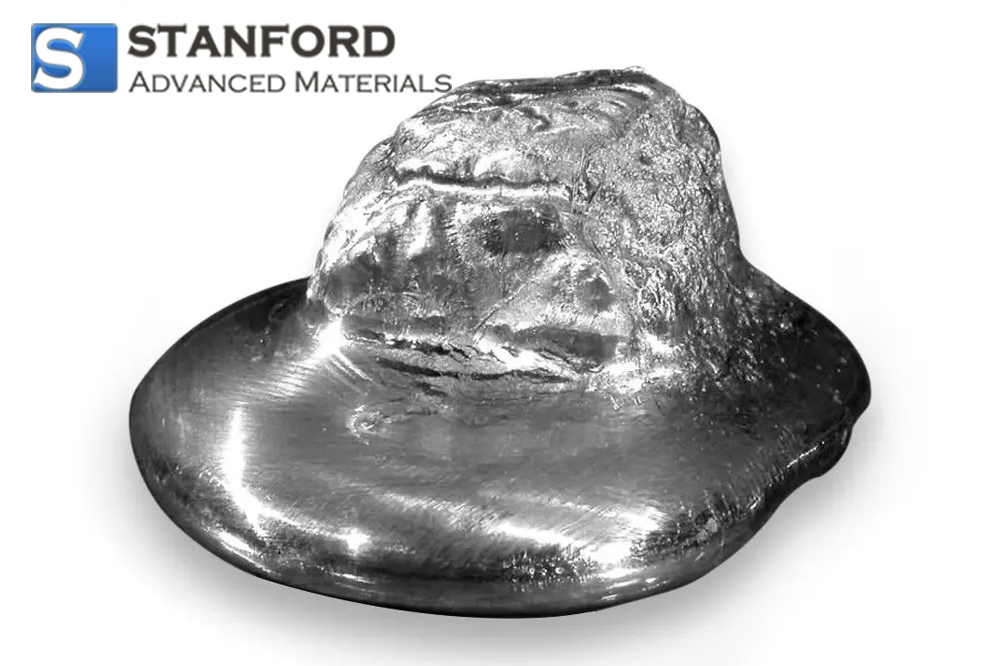Stanford Advanced Materials Partners With Corridor Crew To Recreate Iconic Liquid Metal Terminator 2 Effect
Stanford Advanced Materials (SAM) is pleased to announce its recent collaboration with the popular YouTube special effects team Corridor Crew. The team reproduced the liquid metal effect from Terminator 2: Judgment Day. Corridor Crew has over 6 500 000 subscribers. They analyse film effects using detailed methods. For this project, team member Wren used real gallium metal to replicate the T1000 effect.
The creative request and the partnership agreement
In his initial request, Wren presented a unique idea. He explained, "I am attempting to reproduce the liquid metal effect of the Terminator by using a miniature gallium cast of my head. I will melt the gallium with heat lamps and then reverse the video sequence, thereby allowing the material to assume a new shape." SAM reviewed the proposal using methodical criteria.
Support and project execution
After thorough consideration, SAM decided to support the experiment. Consequently, SAM provided the Corridor Crew with 3 kg of gallium. This provision allowed the team to test the effect in practice rather than relying on CGI. SAM enforced strict safety guidelines for handling the gallium. The material was carefully conserved and returned after use.
Project results and effects
In the final video, Wren and the Corridor Crew detailed the role played by the gallium supplied by SAM. In the video, Wren stated, "Of all those I approached, only Stanford Advanced Materials showed interest, and they made this project possible." The Corridor Crew achieved a reproduction of the liquid metal effect that references the scene from Terminator 2 through the use of gallium.
This collaboration informed many viewers regarding the specific properties and potential applications of gallium metal. SAM continues to supply high-quality metal materials and technical support for various industries. SAM will support future projects that advance material science.

 Bars
Bars
 Beads & Spheres
Beads & Spheres
 Bolts & Nuts
Bolts & Nuts
 Crucibles
Crucibles
 Discs
Discs
 Fibers & Fabrics
Fibers & Fabrics
 Films
Films
 Flake
Flake
 Foams
Foams
 Foil
Foil
 Granules
Granules
 Honeycombs
Honeycombs
 Ink
Ink
 Laminate
Laminate
 Lumps
Lumps
 Meshes
Meshes
 Metallised Film
Metallised Film
 Plate
Plate
 Powders
Powders
 Rod
Rod
 Sheets
Sheets
 Single Crystals
Single Crystals
 Sputtering Target
Sputtering Target
 Tubes
Tubes
 Washer
Washer
 Wires
Wires
 Converters & Calculators
Converters & Calculators
 Write for Us
Write for Us

 Chin Trento
Chin Trento



